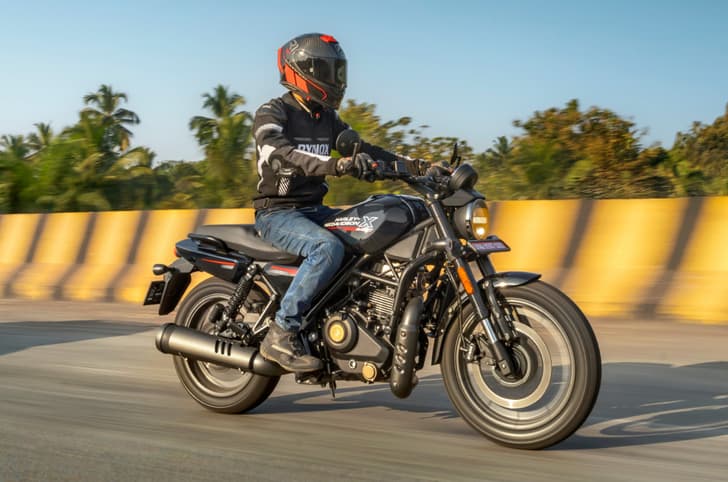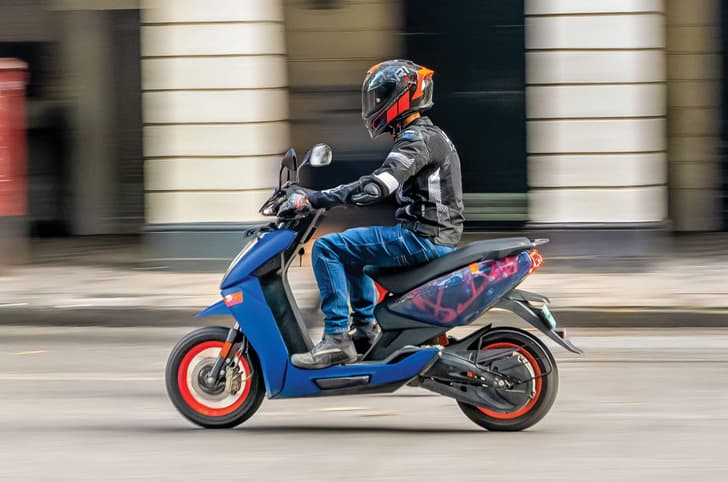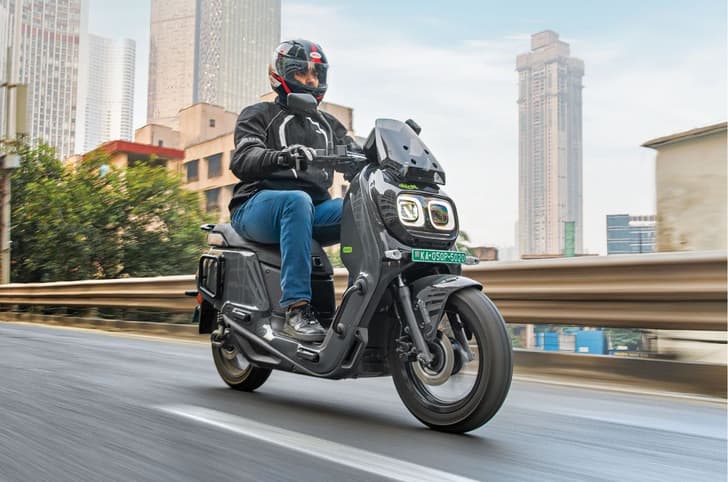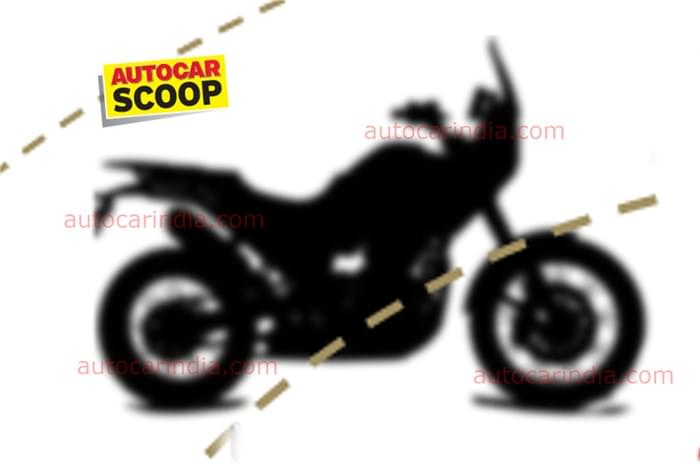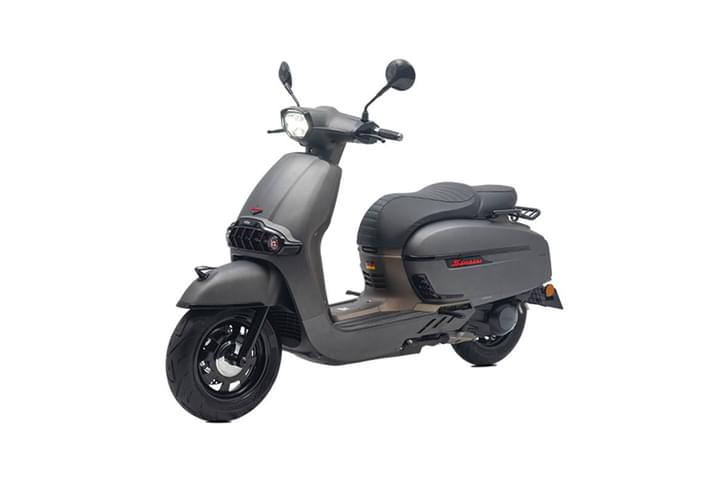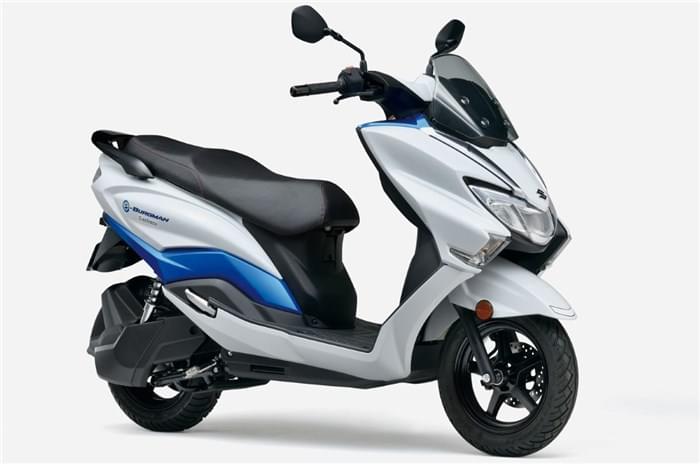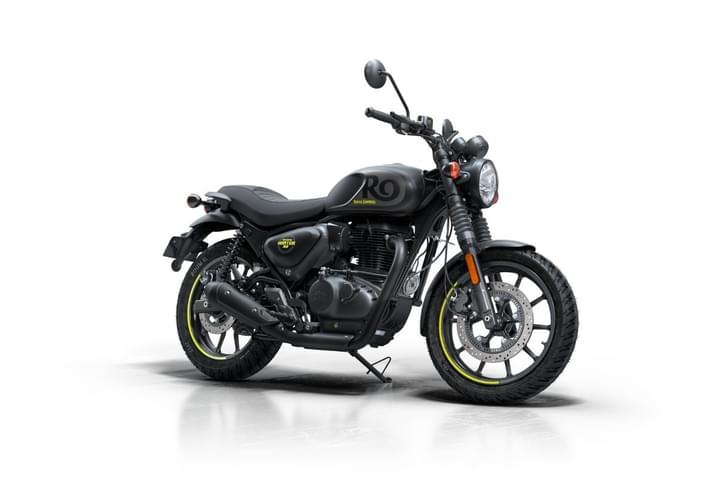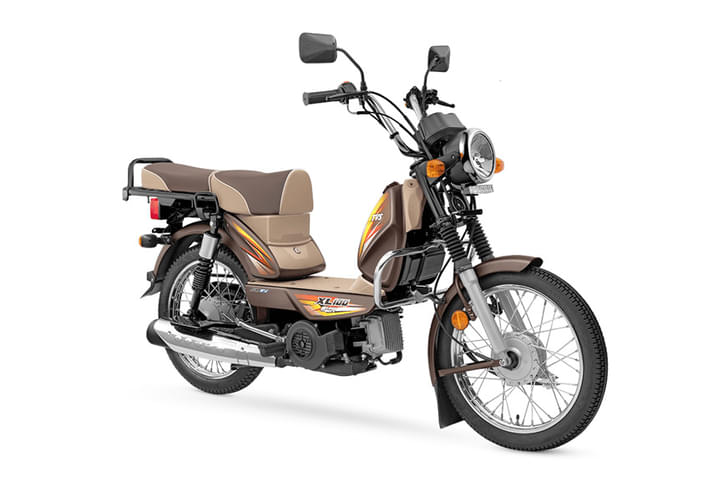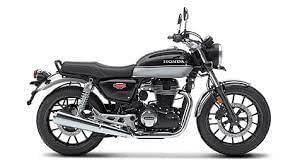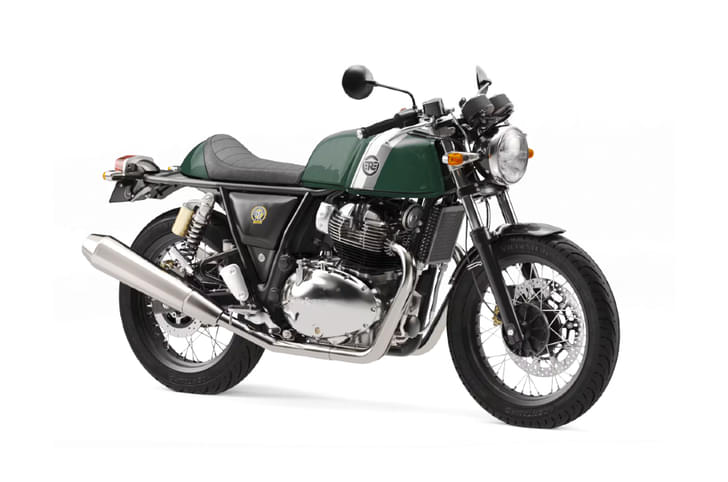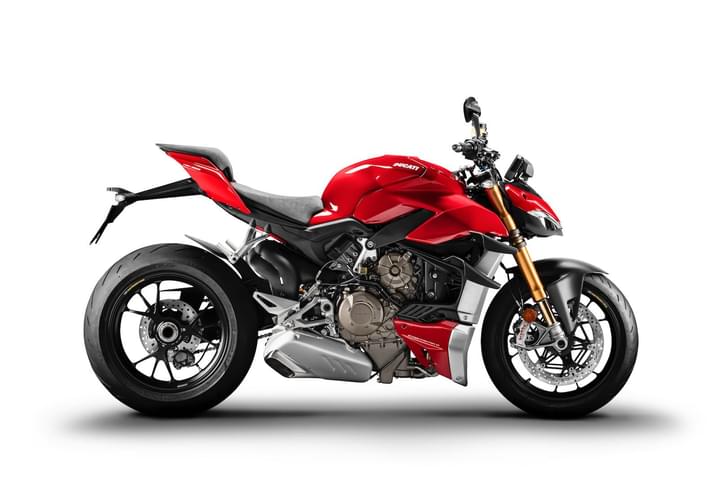Whenever the name Bajaj Pulsar pops up, I'm reminded of my good ol' college days. Back then, the Pulsar stood for accessible performance and, boy, did me and my friends enjoy our time riding the motorcycle! My favourite of the entire range was the Pulsar 220 and even after 15 years, it continues to sell in good numbers. That says a lot about the popularity of the Pulsar, right?
So, it goes without saying that the all-new Pulsar has pretty big shoes to fill. Can the Pulsar N250 and F250 manage to do that?
Setting context
The previous Pulsars were always regarded as bikes that moved the game forward by offering something unique for the segment. From fuel injection in the 220 DTS-Fi to the liquid-cooled NS200, the Pulsars were trendsetters.
The new Pulsar 250s do not continue in the same vein and instead concentrate on offering a nicer 'Pulsar' experience than ever before. After all, they are meant to take the baton forward from the Pulsar 220 and not replace the NS200, as many would've imagined.
Bajaj Pulsar 250: Design
Beginning with the styling, it's clear that Bajaj wanted to play it safe and not do something radical that would turn off its large Pulsar fan base.
 (1).jpg?w=700&c=0)
The Pulsar N250 and the F250 are identical when it comes to the fuel tank, side panels and tail section. The differences lie in the F250's semi-fairing, sharper-looking LED running lights and tall clip-on handlebars.
The overall design itself seems to take cues from Pulsars of yore. It is evident in the beefy tank, the shape of the semi-fairing, LED projector lights and the signature, twin strip LED tail-lights. I particularly like the lightning bolt-shaped tail-light and the frosted lens effect on it. That said, looking at the bike from the rear angle makes the 130-section tyre appear narrow. Bajaj could've put a wider tyre, but that would've meant compromises in the fuel efficiency as well as the suspension set up changes needed to retain the handling as current handling character, which we will come to later.
 (1).jpg?w=700&c=0)
Another inspiration from the old Pulsars is seen in the new analogue-digital instrument cluster. In a day and age that's dominated by motorcycles with full digital clusters, watching the swoop of a proper tachometer needle comes as a refreshing change. For those wondering why Bajaj didn't go down TVS' route and offer Bluetooth connectivity, costs seem like the only logical reason. Personally, I don't think that's a dealbreaker in any way, but it's something that stands out in this day and age.
Overall, I like the fresh,youthful design of the Pulsar 250s and my favourite is the one with the semi-fairing in the red colour – the other option being dark grey.
Bajaj's quality levels have also moved a step up from the previous Pulsars, be it in the glittering paint, copper colour of the engine casings, fit and finish of the bodywork as well as the tactility of the new switchgear.
However, the rubber grips on the handlebars were shiny and felt downmarket, while the exhaust cladding could do with better finish. Bajaj says these quality gripes are limited to the pre-production bikes and we'll have to wait to see how the production bikes fare in this regard.
Bajaj Pulsar 250: Ergonomics
What we can say for sure is that Bajaj has nailed the ergonomics and how. The rider’s seat, to begin with, is set at an accessible 795mm. It is also quite spacious, well contoured and supportive. Making it comfortable over the course of a long trip.
 (1).jpg?w=700&c=0)
The handlebars on F250 and N250 are placed at a similar height and have the same angle. This along with the slightly rearset footpegs results in sporty yet comfortable riding posture.
Bajaj Pulsar 250: Engine and performance
One of the biggest highlights about the Pulsar is the brand new 249.07cc, SOHC, air and oil cooled engine. It is, cubic capacity wise, the largest engine that the Pulsar range has ever seen.
For a 250cc category motorcycle, it makes a healthy 24.5hp, which is the same as the NS200, but it peaks 1,000rpm lower at 8,750rpm. The peak torque is 21.5Nm, at 6,500rpm; which is higher than both the 220F and the NS200.
Fire it up and you'll notice that the sound from the exhausts has a deeper and more bassy tune, rather than the gruff, thrashy note of the previous Pulsars.
 (1).jpg?w=700&c=0)
What you'll also immediately feel is that the engine is vastly more refined than the 220's, albeit with a minor buzz in the pegs and the seat at high revs. But you won't be visiting the redline often because in typical Pulsar fashion, the meat of the power lies in the midrange. Keep the revs between 4,000rpm to 7,000rpm and that's where the engine is at its happiest and most responsive too. Speaking of which, a few online keyboard pundits have criticised Bajaj for offering a five-speed transmission. But after having ridden the bike, we felt absolutely no need for a sixth cog.
The gear ratios, in fact, are perfectly spaced and in tune with the characteristics of the engine. You could pootle around the city at 35kph is fourth without a hint of protest from the engine. The slip and assist clutch also makes light work of shifting through the gears.
On the highway, the fifth gear is tall enough to allow the bike to sit between 100-120kph without the engine feeling stressed. And for those wondering, we managed to hit a top speed of 140kph down the long straight at Bajaj's test track.
As far as fuel consumption is concerned, Bajaj says that the Pulsar 250 returned 39kpl during the ARAI test cycle. In the real world, that should translate to around 35. We will verify this after putting it through a proper road test in the near future.
Bajaj Pulsar 250: Ride and handling
In my experience of riding the Pulsar 220 in the past, I've always found it to be front heavy and not particularly great when it comes to tackling corners. The Pulsar 250s, however, are remarkably better than its predecessor in every way.
Underneath the attractive bodywork lies a brand new tubular steel frame. It is not only lighter by 3kg than the NS200's perimeter frame but also stiffer in two of the three axes of measurement. Then there's the wheels that are 0.5kg lighter than the NS' at each end. This along with the grippy MRFs come together to offer stable and precise handling.
 (1).jpg?w=700&c=0)
The communicative front end, near 50:50 weight distribution and narrow rear tyre we spoke of earlier, makes it easy to flick the motorcycle through a chicane. We did notice that the N250 felt more agile and flickable than the F250, making it the nicer weapon to tackle city traffic. On the other hand, the F250's additional weight at the front contributed to the feeling of slightly better stability.
The other aspect about the motorcycle that bowled us over was the fantastic ride quality. The front fork is super pliant over undulating roads and it does a splendid job of isolating potholes and craters. The monoshock has a slightly firm edge in comparison, but is also nicely absorptive. This kind of ride quality, along with the stable handling and the unstressed performance from the engine is what we believe will make the Pulsar 250 a capable touring machine.
The brakes are by Italian firm Grimeca that were bought out by Endurance last year and now made in India. These are pretty decent and while they aren't sharp, a firm pull at the lever is all it takes to bring the bike down to a halt. My only gripe with it is the absence of dual-channel ABS, especially considering how easy it is to lock the rear wheel under hard braking.
Bajaj Pulsar 250: Verdict
To sum up, Bajaj has done a fantastic job with the new Pulsar 250. They offer a good price to performance ratio while improving upon every aspect of the Pulsar 220 that'll see the end of road at some point.
At Rs 1.38 lakh, the Pulsar N250 is priced at par with the Yamaha FZ25/FZ25 S and the feature loaded TVS Apache RTR 200 4v. However, it makes more power than either of them.The Pulsar F250 costs Rs 2,000 more than the N250, but significantly less than the Suzuki Gixxer SF250 and Bajaj Pulsar RS200.
It's clear then that the new Bajaj Pulsars have a lot going for them. While they may not bring any groundbreaking features to the table, they more than make up for it with the lovely riding experience. One that the typical Pulsar customer is likely to appreciate after they give these bikes a try.
Also See:




